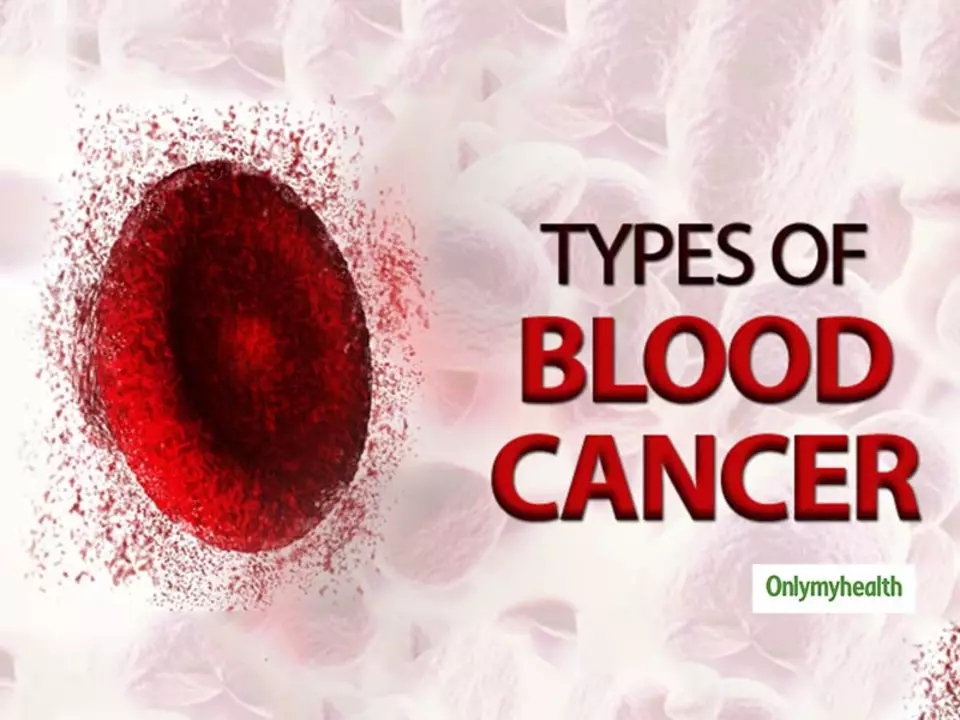Myeloma Explained: What It Is, How to Spot It, and Ways to Manage
If you or a loved one has been told they have myeloma, the first thing that probably pops into your head is “what on earth is that?” In short, myeloma (also called multiple myeloma) is a cancer of plasma cells – the white‑blood cells that make antibodies. When these cells go rogue, they crowd out healthy blood cells and cause problems in bone, kidneys and the immune system.
Most people first notice myeloma because something feels off with their bones. Common signs include persistent back pain, especially at night, and fractures that happen easily. You might also feel unusually tired or get infections more often – that’s your body struggling without enough healthy blood cells.
How Doctors Diagnose Myeloma
The diagnostic process usually starts with a blood test that looks for abnormal proteins produced by myeloma cells. If those numbers are high, the doctor will likely order a urine test and an imaging scan (like X‑ray or MRI) to see if bones are being damaged. A bone‑marrow biopsy – where a small sample is taken from your hip – confirms the diagnosis.
Getting these tests done early can catch myeloma before it spreads too far, which makes treatment easier and improves outlook.
Treatment Options You Can Consider
There isn’t a one‑size‑fits‑all cure for myeloma yet, but there are several approaches that work well together. The main weapons are chemotherapy drugs, targeted therapies, and stem‑cell transplants. Many patients start with a combination of pills and IV meds to shrink the tumor load.
If you’re healthy enough, doctors may recommend an autologous stem‑cell transplant – basically harvesting your own blood‑forming cells, giving high‑dose chemo to wipe out cancer, then returning those cells to rebuild your marrow. Newer drugs called proteasome inhibitors and immunomodulators have also shown strong results in slowing disease progression.
Beyond medicines, keeping a balanced diet, staying active (even light walking helps bone health), and managing stress can boost how you feel during treatment. Talk to a nutritionist about calcium‑rich foods and vitamin D; they support bone strength while you’re on therapy.
Regular follow‑ups are key. Your doctor will track blood markers every few months to see if the disease is under control or needs a change in strategy. If symptoms flare up, early intervention can prevent serious complications like kidney damage.
Living with myeloma isn’t just about medical care. Join support groups – either online or locally – so you can share experiences and learn tips from others who get it. Many patients find that knowing they’re not alone makes the tough days easier.
Bottom line: Myeloma is a serious blood‑cell cancer, but with early detection, modern therapies and practical lifestyle tweaks, many people manage to keep symptoms in check and enjoy a good quality of life. Keep asking questions, stay on top of appointments, and lean on your healthcare team for guidance every step of the way.
As a blogger, I recently delved into the connection between blood cancer and myeloma. Blood cancer, also known as hematologic cancer, primarily affects blood cells and bone marrow. Myeloma, on the other hand, is a type of blood cancer that specifically targets plasma cells in the bone marrow. This connection is crucial as myeloma can lead to a weakened immune system and other complications. Understanding the relationship between these two conditions can help raise awareness and improve treatment options for those affected.

